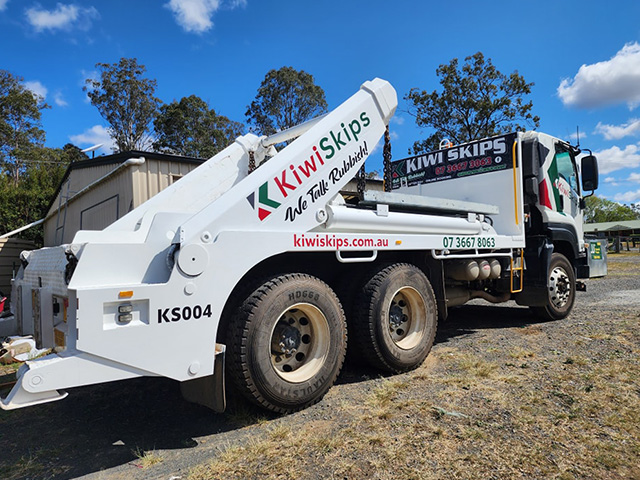Waste separation at the local tip is a key part of proper waste management. This involves separating different types of waste from each other, such as organic waste, recyclable waste, and hazardous waste. The first step in this process occurs when we arrive with a skip bin with a certain waste type that fits one of council’s waste categories.
Organic waste, such as that from a green waste skip bin or soil skip bin, is separated from other types of waste and is often turned into compost or used for biogas production. Recyclable waste, including paper, plastic, glass, and metal, is collected separately for further processing and recycling. Hazardous waste, which includes chemicals, batteries, and electronics, is collected and disposed of separately due to its potential harm to the environment.
Proper waste separation is crucial in reducing the amount of waste that goes to landfill and conserving resources. It has become a significant issue for public refuse systems worldwide as it helps to prevent contamination and protect the environment. By separating waste, we can ensure that valuable resources are recycled, and pollution is minimized. So, it’s important that we all participate in the process by properly separating our waste at the public refuse.

